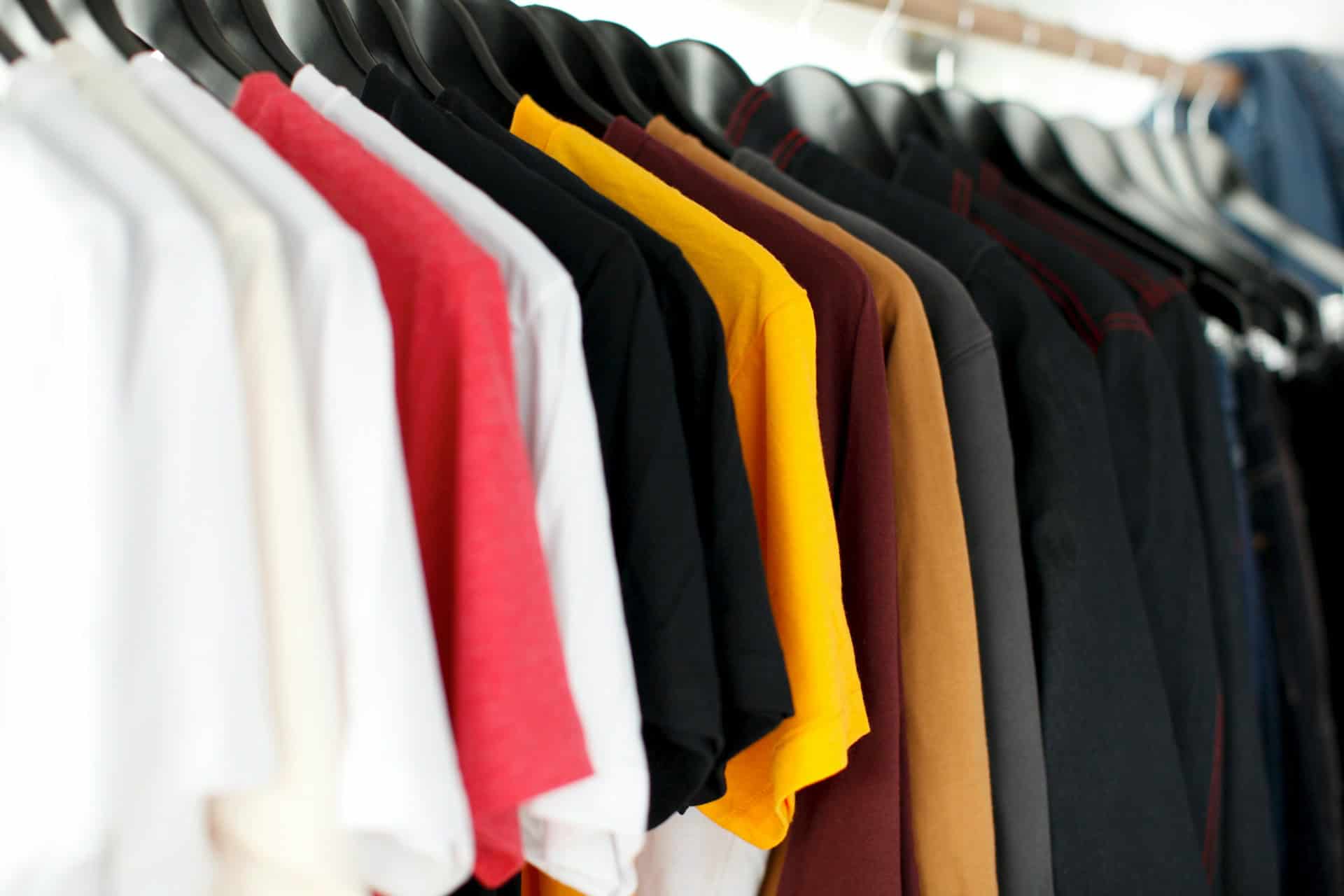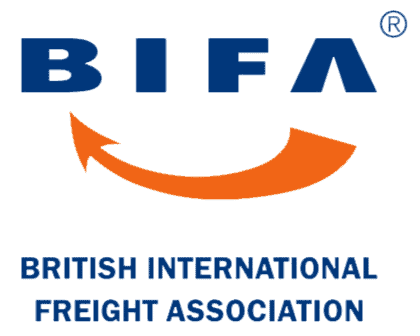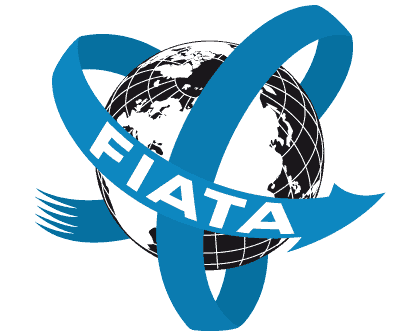Importing garments into the UK is a multifaceted endeavour that involves understanding market dynamics, regulatory compliance and logistical planning. This guide will provide British clothing importers with a comprehensive overview so they can navigate the sometimes complex apparel importation process efficiently and effectively whether they import fabric, finished clothing or semi-finished apparel.
Table of Contents
How to Import Clothes: Understanding the Basics of Garment Importation
Apparel import to the UK encompasses the acquisition of clothing and related products from foreign manufacturers to be sold within the domestic market. This practice is often most useful for retailers, designers and distributors within the fashion industry seeking to diversify their product offerings and capitalise on global trends.
- The Global Garment Market
Today’s clothing market operates on an international scale, influenced by changing fashion trends, consumer demands and seasonal shifts. Understanding these dynamics is essential for any business looking to engage effectively in the importation of clothing. Importers must stay abreast of global market trends, consumer preferences and the economic conditions of countries from which they are considering sourcing their products.
- Significance in the Fashion Industry
Importing garments constitutes a strategic business decision that impacts a company’s brand identity, pricing strategy and market positioning. Importing clothes allows businesses to offer a broader range of products, often at more competitive prices due to lower production costs abroad. Moreover, it enables companies to introduce unique products that are not available locally, thus enhancing their appeal to consumers.
Researching Regulations and Compliance
Navigating the regulatory landscape is a critical aspect of importing garments and textiles imports into the UK. Adhering to legal requirements not only ensures compliance but also maintains the integrity of your business operations.
- Legal Requirements
To import clothing and fabrics – such as cotton imports, for example – businesses must first understand the legal framework governing imports in the UK. This includes familiarising themselves with the Tariff Classification codes which determine the rate of duty applicable to different types of garments. Additionally, import licences may be required for certain types of specialist clothing, particularly those that are subject to import quotas or restrictions.
- Safety Standards and Quality Controls
Clothing imported into the UK must comply with specific safety standards to ensure they are safe for consumer use. These standards cover various aspects such as flammability, chemical composition and the presence of harmful dyes or materials. The General Product Safety Regulations 2005 mandate that all products provided to consumers meet reasonable expectations of safety. Furthermore, the REACH regulations enforce controls on chemicals used in the manufacturing process, impacting garments that are imported from outside the EU.
- Ethical Sourcing and Environmental Considerations
Ethical sourcing is becoming increasingly significant in the garment industry. British businesses usually want to ensure that their products are produced under fair labour conditions and that suppliers adhere to ethical practices throughout the manufacturing process. Additionally, environmental considerations are critical nowadays, with more businesses and consumers demanding sustainable practices in the production and transportation of garments.
At Barrington Freight, we specialise in making your importing and exporting straightforward. From customs clearance to finding the right commodity codes, our expert team is here to assist. Don’t let the complexities of global trade hold you back. Reach out to Barrington Freight for efficient and reliable shipping solutions.
Logistics and Shipping When Importing Garments
When importing clothing, choosing the right mode of transportation is crucial for ensuring timely delivery and minimising costs. The choice between road, air freight, and sea freight largely depends on the volume of goods, cost considerations, required speed of delivery, and the country of import. Sea freight is typically more cost-effective for large volumes, whereas air freight is faster but more expensive and only practical for high-value, time-sensitive items. Additionally, the feasibility and efficiency of each mode can vary based on the specific country from which the goods are being imported.
Understanding Incoterms (International Commercial Terms) is essential as they define the responsibilities of buyers and sellers concerning the delivery of goods. Popular Incoterms for garment importation include FOB (Free on Board) and EXW (Ex Works).
Additionally, proper packing is vital to protect garments during transit. Utilising quality packing materials and methods according to the product’s sensitivity ensures that the garments arrive in excellent condition, avoiding damage and loss.
Clothing and Customs Clearances
Understanding the customs clearance process is another critical step in importing garments. To ensure a smooth procedure, importers must be thoroughly prepared with all required documentation, which typically includes a commercial invoice, packing list, bill of lading and certificate of origin. Each apparel import document must be accurately filled out to avoid delays and potential penalties.
It’s important to be aware of the common pitfalls during customs clearance, such as underestimating duty calculations or misclassifying goods, which can lead to unexpected costs and delays. Engaging with a customs broker or using experienced freight forwarders like Barrington Freight can provide invaluable guidance and help streamline the clearance process.
Moreover, staying updated on changes in customs regulations and tariff codes is essential as these can significantly impact the cost and efficiency of importing garments. For example, code HS code 430310 is typically used for articles of apparel and accessories but you may need different coding for work clothes, uniforms or sportswear depending on the exact application or market. There again, textile import and export may require different coding, especially when fabrics are not yet fully formed into garments. Understanding these elements ensures that goods pass through customs smoothly and reach their destination without legal or logistical issues.
Choosing the Right Suppliers
Selecting dependable suppliers is a critical step in apparel imports and all types of textile import processes. To ensure you partner with the best, consider the following strategies:
- Conduct Thorough Research: Investigate potential suppliers by reviewing their history, production capacity and adherence to international standards.
- Factory Inspections: Visit supplier facilities in person or arrange virtual tours to directly assess their operations and working conditions.
- Establish Clear Communication: Set up direct and clear communication channels and define contractual terms to ensure both parties have a mutual understanding of expectations.
- Quality Assurance: Implement stringent quality control measures including pre-shipment inspections and regular sample testing to maintain high product standards
- Build Strong Relationships: Develop trust-based relationships with suppliers to secure better terms, priority service and consistent quality over time.
At Barrington Freight, we’re committed to demystifying the complexities of international shipping, making it more accessible and manageable for our clients. Our ethos is centred on transparency, affordability, and ease of collaboration. Whether it’s navigating customs clearance, decoding commodity codes, or any other challenge of global trade, our skilled team is ready to guide you through each step.
Managing Costs and Budgeting
Effective cost management is essential for profitability when importing garments. Here’s how to approach it:
- Breakdown of Costs
Understand all costs involved in the textile import and export process, including manufacturing, shipping, duties and taxes. Also, consider warehousing and distribution expenses. Keeping a detailed record helps in forecasting and reduces the chances of unforeseen expenditures.
- Cost-Saving Strategies
Leverage bulk purchasing and long-term contracts with suppliers to negotiate better rates. Additionally, optimise your logistics to combine shipments and reduce freight costs. Employing technology to automate parts of the supply chain can also significantly reduce administrative and operational costs.
How to Import Clothes in Summary
This guide has covered the essential aspects of importing garments, including textile imports, cotton imports and the import of fabrics other than cotton. By adhering to regulations fully regardless of their niche in clothing import-export operations, British importers can enhance their product offerings and successfully manage the internationalisation of their supply chains. With Barrington Freight’s expertise, establishing a competitive edge in the dynamic fashion industry in this way has never been easier.
We’re friendly, easy to work with, honest and we don’t charge the earth.
For advice and information on importing, call 01268 525444 or email us today.






